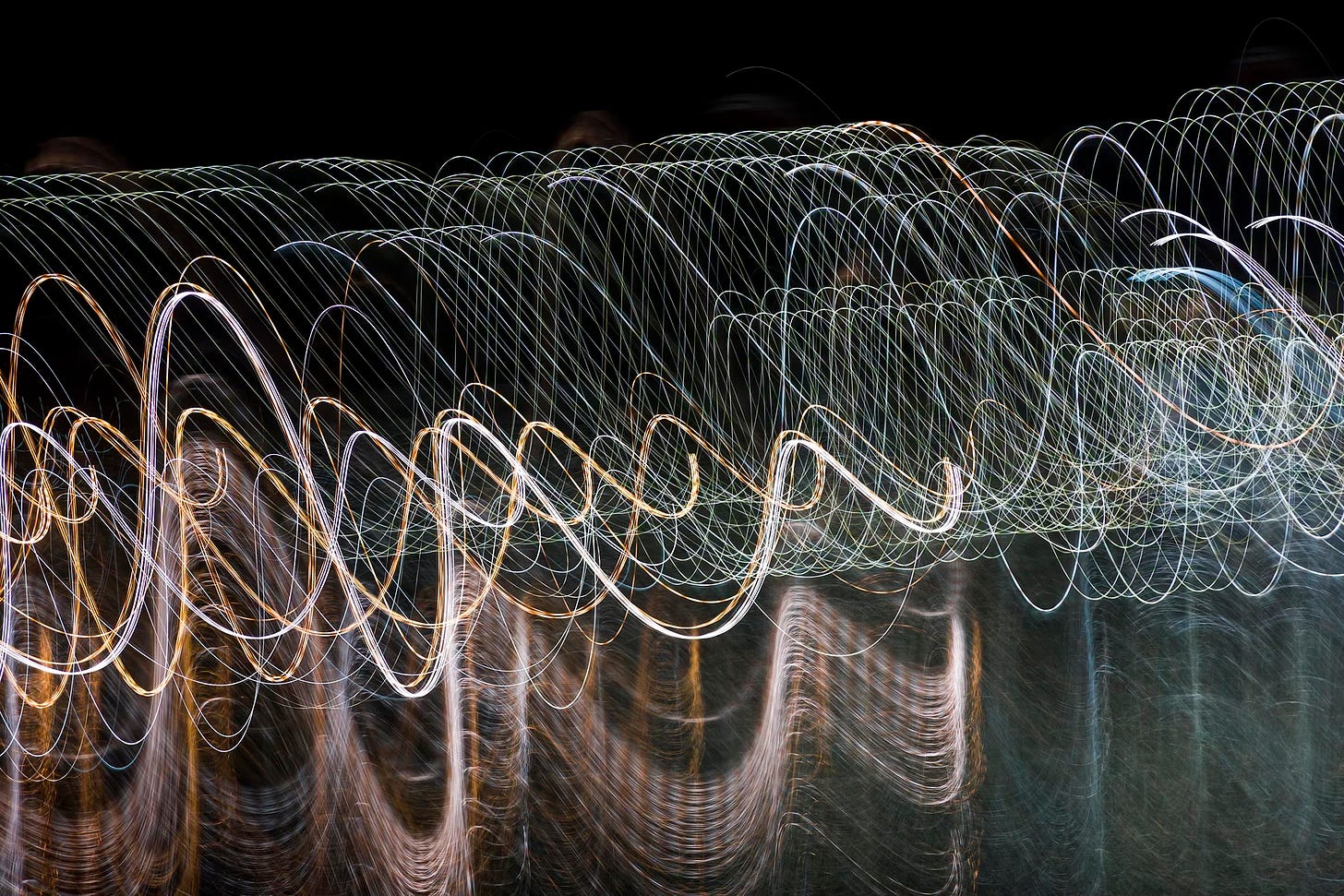Weak Signal Detection
The sisters of Understanding
In the famous Foundation Series by Science Fiction author Isaac Asimov develops the protagonist Hari Seldon "psychohistory," a fictional science that predicts the future by analyzing vast amounts of data and identifying subtle trends.
This is an example of weak signal detection on a grand scale, used to guide humanity through a turbulent era.
The novel treats, however, weak signal detection as the holy grail of precognition. Needless to say, it's not a holy grail. But it is an important aspect of coping with the sudden developments in the complex world.
Why Weak Signal Detection
Feedback cycles are important and necessary – if a measured variable deviates from the norm, you have to take action.
In a classic lean manufacturing organization, signal detection culminates in Six Sigma. Six Sigma is a data-driven methodology that aims to significantly improve the quality of business processes by minimizing defects and errors. The goal is (almost) perfect performance, i.e., to eliminate the deviations as they occur.
But what if the processes are not so manageable, like that one proverbial tweet in, let's say, Spain that leads thousands to take to the streets the next day and topple the government a week later?
Some big problems start small and grow overnight into disasters – the proverbial butterfly that sets off a storm.
Other problems have minor signs: weak signals. If you recognize them early, you can avoid a problem or take advantage of an opportunity.
Weak signals are often hidden in a flood of information and can easily be overlooked if you're not paying close attention.
A Definition
In general, we distinguish
Strong signals: These are apparent trends, like a massive increase in sales for a particular product. They're easy to spot and interpret.
Weak signals: These are more like whispers or hints. They might be a single customer complaint, an unusual blog post, or a small news article about a new technology. They don't seem like much on their own, but together, they can paint a picture of an emerging trend.
Examples of weak signals:
A few customers complaining about a specific feature on your product.
A small increase in online searches for a niche topic.
A new technology being discussed in an academic journal.
An unusual event happening in a seemingly unrelated industry.
In which areas is weak signal detection important?
Early warning system: Weak signals can alert you to potential threats or opportunities before they become obvious. This gives you more time to react and adapt.
Competitive advantage: By spotting trends early on, you can get ahead of the curve and make strategic decisions before your competitors.
Innovation: Weak signals can spark new ideas and help you identify emerging needs or market niches.
Weak Signal Detection - a social activity
It's like something you perceive in peripheral vision. The usual recommendations are:
Broaden your information sources: Don't just rely on traditional sources like industry reports. Look at blogs, social media, academic papers, and even fiction.
Pay attention to anomalies: Anything that seems unusual or out of place could be a weak signal.
Connect the dots: Look for patterns and connections between seemingly unrelated signals.
Use technology: Tools like social media monitoring and trend analysis software can help you filter vast amounts of data and identify potential weak signals.
You will have noticed that these are all relatively time-consuming activities that usually occur in a distributed fashion, indicating that they are social activities and that appropriate structures are needed.
Weak Signal Detection and Holacracy
Holacracy is a self-organizing system for running a business and a member of the family of diverse Sociocracy methods. Holacracy claims to be the method of choice for weak signal detection and adaptability when confronted with rapid change.
Roles, not jobs: Individuals dynamically take on various roles with specific responsibilities and authorities.
Self-governance: Teams govern themselves and form circles (think: overlapping teams where a member can be a member in multiple circles) within a framework of defined rules.
Transparency and accountability: Clear processes and open communication are emphasized.
Imagine a company where teams have the power to make decisions within their areas of expertise, with clear guidelines and regular meetings to address challenges and ensure alignment with overall company goals.
Weak Signal Detection in Traditional Companies
But it's not necessary to go all the way to a pure network organization. Companies like Nordstrom, Starbucks, and Google are known for creatively using those techniques.
Conclusion
Weak signal detection appears unassuming and obvious at first glance. However, on closer inspection, it is, on the one hand, an important prerequisite for situation awareness and sensemaking, and on the other hand, it requires profound consideration to build the social and technological structures necessary for it to work.
This is part of my mini-series "The sisters of understanding". Here is the outline and preliminary scope.



